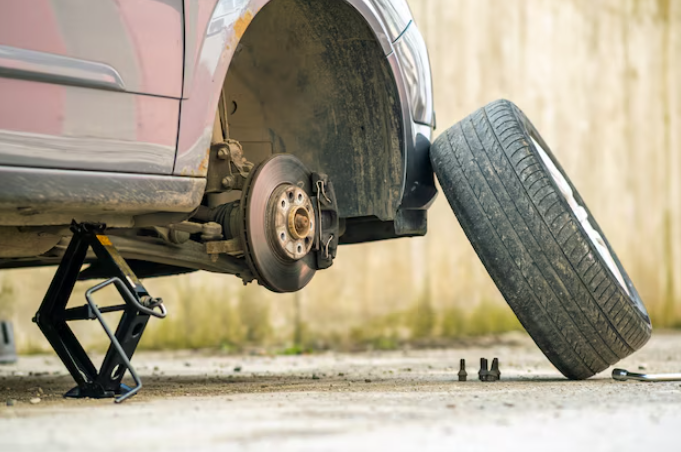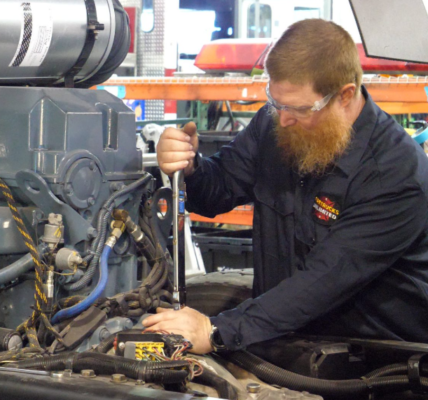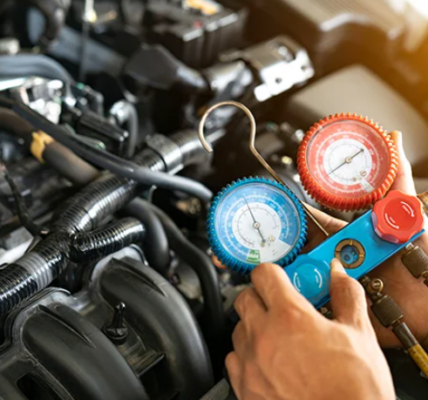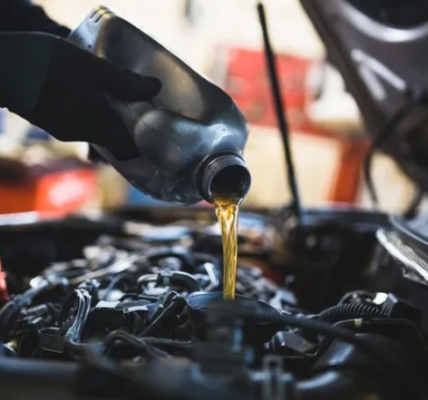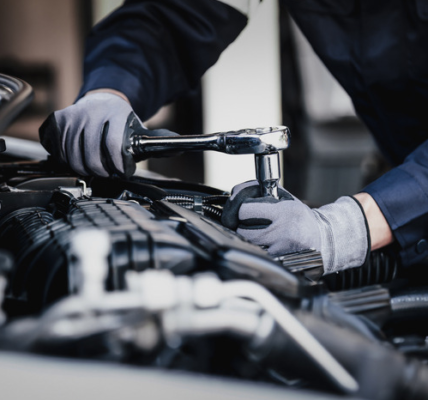When it comes to staying safe on the road, two parts of your car do the heavy lifting: tires and brakes. They’re the unsung heroes of every drive, quietly ensuring you can accelerate, steer, and stop without drama. Neglecting either one is like walking a tightrope without a net—it might work for a while, but it’s a bad idea in the long run. Let’s dive into why maintaining your tires and brakes is essential and how to keep them in tip-top shape.
Tires: Where the Rubber Meets the Road
Your tires are the only part of your car that actually touches the ground. That’s why their condition matters so much. Worn or underinflated tires can lead to poor handling, decreased fuel efficiency, and even dangerous blowouts.
Here’s what I’ve learned about tire care over the years (sometimes the hard way):
- Check Your Tread Depth Regularly:
- Tread depth affects your tire’s grip, especially in wet or snowy conditions. A quick way to check is the penny test: insert a penny into the tread with Lincoln’s head facing down. If you can see all of his head, it’s time for new tires.
- Most states require at least 2/32 of an inch, but replacing them at 4/32 or 5/32 is safer, especially for wet or icy roads.
- Maintain Proper Tire Pressure:
- Underinflated tires wear out faster and reduce fuel economy. Overinflated ones can lead to a bumpy ride and uneven wear.
- Check your tire pressure at least once a month and before long trips. Use the recommended pressure listed in your car’s manual or on the driver’s door frame—not the number on the tire itself.
- Rotate Your Tires:
- Front and rear tires wear differently, so rotating them every 5,000–7,500 miles ensures even wear.
- Alignment and Balancing:
- If your car pulls to one side or your steering wheel vibrates, it might be time for an alignment or balancing. Misalignment can wear out tires faster and make driving less safe.
Brakes: Your Emergency Safety Net
If tires are about keeping you moving, brakes are all about stopping—quickly and safely. I can’t stress enough how important it is to pay attention to your brakes. Ignoring brake issues can lead to longer stopping distances or even total brake failure.
Here’s what to watch for when it comes to your brakes:
- Listen for Unusual Sounds:
- Squeaking or squealing often means your brake pads are wearing thin and need replacing.
- Grinding sounds? That’s usually metal on metal, which means you’ve waited too long, and it’s damaging the rotors.
- Watch for Warning Signs:
- A spongy or soft brake pedal could indicate air in the brake lines or a fluid issue.
- If the brake pedal vibrates when you press it, your rotors might be warped.
- Inspect Brake Pads and Rotors:
- Brake pads usually need replacing every 25,000–70,000 miles, depending on driving habits and the type of pads.
- Rotors last longer but should be checked regularly for wear and tear.
- Check Your Brake Fluid:
- Brake fluid absorbs moisture over time, which can reduce its effectiveness. Have it checked during routine maintenance and replaced as needed (usually every 2–3 years).
Tires and Brakes: A Match Made for Safety
Your tires and brakes work together to keep you safe. Good tires provide the grip needed for your brakes to do their job effectively. Here are some tips to make sure they’re always in sync:
- Inspect Both Regularly:
- Check your tire tread and pressure at the same time you’re inspecting your brakes. This is especially important before long road trips.
- Replace Together if Needed:
- If your tires are worn and your brakes are nearing the end of their life, replacing them at the same time can improve your car’s overall performance.
- Drive Smoothly:
- Abrupt braking and acceleration wear out tires and brakes faster. Smooth, steady driving extends their lifespan.
DIY vs. Professional Service
While some maintenance tasks are easy to handle yourself, others require professional help:
- DIY-Friendly Tasks:
- Checking tire pressure and adding air.
- Inspecting tread depth with the penny test.
- Topping off brake fluid (if you know what you’re doing).
- Leave These to the Pros:
- Replacing brake pads or rotors.
- Aligning or balancing tires.
- Diagnosing strange noises or performance issues.
What Does It Cost?
Here’s a rough idea of what you might spend on tires and brakes:
- Tires: $400–$1,200 for a full set, depending on your car and the type of tire.
- Brake Pads: $150–$300 per axle.
- Rotors: $200–$400 per axle if they need replacing.
- Alignment: $75–$100.
It might seem like a lot, but these expenses are far less painful than dealing with a blown tire or failed brakes on the highway.
Final Thoughts
Taking care of your tires and brakes isn’t just about saving money—it’s about staying safe. A well-maintained car handles better, stops faster, and gives you peace of mind every time you hit the road.
So, whether it’s checking your tire pressure on a lazy Sunday or scheduling a brake inspection after hearing that dreaded squeak, don’t put it off. Your car (and your safety) deserves the attention!
